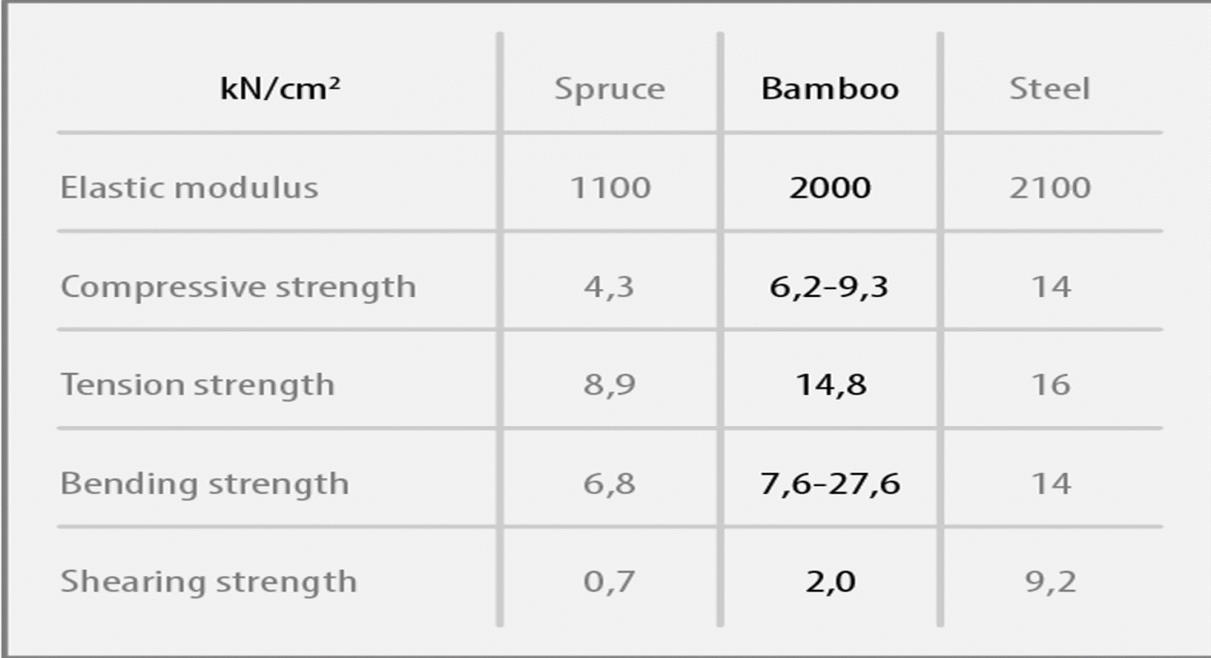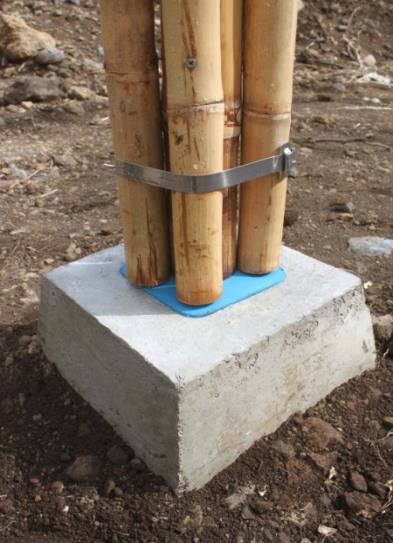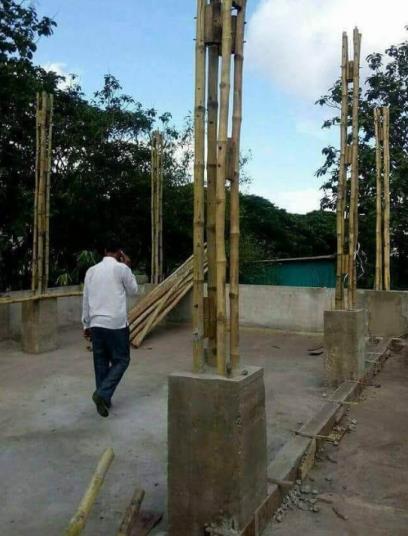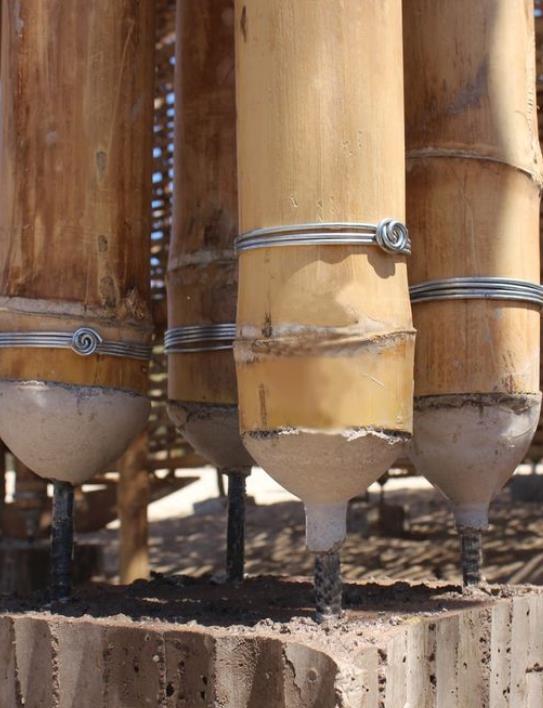
4 minute read
Literature review
Background:
The Diminishing wood resource and restrictions imposed on felling in natural forests, particularly in the tropics, have focused world attention on the need to identify a substitute building material that should be renewable, environment friendly and widely available. In view of its rapid growth, a ready adaptability to most climatic conditions and properties, Bamboo could emerge as a suitable alternative in future construction. Now, the application of bamboo architecture is abundantly found in regions of mass plantation ,in India particularly in north-east region. The architecture of north-east India relates to the socio-economic setup, the cultural identities and a good climatic responsiveness. A good number of climate responsive design features are revealed during the study of the housing forms including temperature control ,enhancing natural ventilation, protection from natural calamities such as flood, earthquakes etc. prevalent in north-east region and for that the strength of bamboo is essential. Bamboo is more prominent than other woods because it has ability to develop quickly hence, resulting to high productivity and availability. Also, eco-friendly nature of bamboo, acts as a plus point for its application and practice.
Advertisement
Aim of Study: To study about traditional bamboo architecture and its techniques and application in north-east India.
Objective of study: The objective of study is:
-to understand the architectural style and its variation in different states of north-east India and
- to understand the traditional technique as in how bamboo is used as structural members in construction.
LITERATURE REVIEW
Bamboo :Bamboo, a sustainable wood and renewable resource, is being used more and more in furniture as a replacement for cedar, mahogany, and other popular hardwood lumbers. Not only is this multifaceted plant used for furniture, but it is also used structurally for buildings, textiles, and as a food source. Bamboo has been used as construction material for a long time in the east, its strength and durability put to good use in the earliest suspension bridges and various architectures in China. Inherently strong and aesthetically pleasing, different parts of the globe are catching on to bamboo as a sustainable resource.
Why Bamboo should be used as a construction material?
Through research, it has been found that some species of bamboo have ultimate tensile strength same as that of mild steel at yield point. Experimentally, it has been found that the ultimate tensile strength of bamboo is comparable to that of mild steel & it varies from 140 N/mm2 to 280 N/mm2
It has been established that in seismic zone the failure of bamboo is very less as the maximum absorption of the energy is at the joints.
Cellulose is the main component present in bamboo which is the main source of mechanical properties of bamboo.
FIGURE 1 COMPARATIVE STUDY OF BAMBOO AND STEEL
The above table shows the difference in tensile, compressive strengths and elasticity differences between spruce ,bamboo and steel and thus leading to a conclusion that bamboo is more compatible and suitable for construction.Bamboo has been used in the construction field for a long time, even before its tensile strength was known. People used to build houses, furniture, fences, etc. with bamboo. Our
modern-day researchers and engineers are looking forward to replacing steel with bamboo due to its tensile properties.The use of steel in concrete is costly, and the production of steel has a lot of drawbacks like high costs, atmospheric pollution, and environmental degradation. The bamboo, on the other hand, can be produced at very low costs and has various environmental benefits.
However, we cannot use bamboo to replace steel directly as the tensile strength alone is not enough, even though bamboo is found to be stronger and stiffer than other construction materials.The plant, however, is prone to attack by insects and can degrade in the presence of water. Long-term durability and shrinkage are also factors to consider.Extensive research is already underway to eliminate all these shortcomings and boost the existing properties of bamboo. These studies focus on the mechanical and physical properties of the plant and on finding the species that are most useful.


FIGURE 2 BAMBOO USED AS CONNECTING MEMBER


FIGURE 3 BAMBOO USED IN FOUNDATION


FIGURE 4 BAMBOO USED AS REINFORCEMENT
The use of bamboo, also known as the ‘poor man’s timber,’ in the field of engineering is also numerous. Environmental organizations are promoting bamboo due to its variety of excellent properties and oxygen emission capacity.Its high tensile strength, ability to withstand compression, and bending property makes it a very promising material in the field of construction. Designers see bamboo as an alternative to lumber.Bamboo wooden panels offer a natural aesthetic look and finish. Flooring, cabinets, and household items made from bamboo are more durable and less costly.When researchers weaved bamboo with epoxy, they ended up with a composite that is stronger than carbon fiber. This gives us hope that one day, bamboo can be used to create an alternative to carbon fiber.
What kind of bamboo can be used for the construction purpose?
From the roughly 1500 known bamboo species on the planet, only a hand-full of them can be used for construction. Every bamboo species has it's own structural and mechanical properties. Most are hollow, some are solid, there are bamboos that grow up to 130 feet tall and 9 inches in diameter and there are bamboos that grow only 7 inches tall and 0.07 inches in diameter. So the first criteria for building a quality and long lasting bamboo home is the species. Valuable bamboo species for construction include species of the genus:




